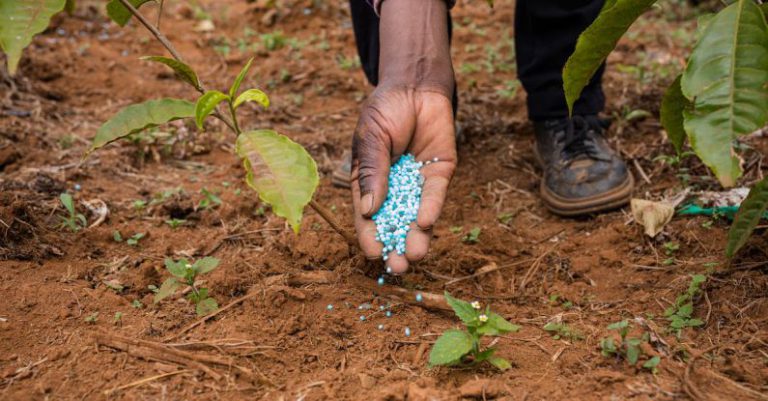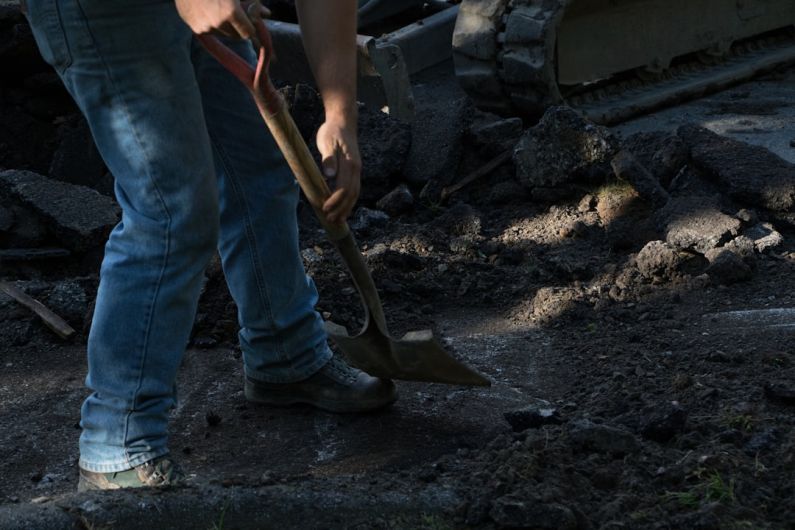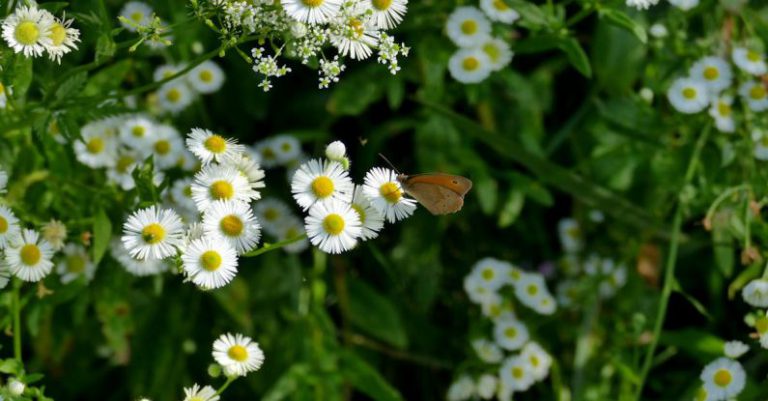Which Trees Provide the Best Shade for Your Yard?
When it comes to creating a comfortable outdoor space, shade is an essential element. Whether you want to relax in the coolness of your yard or protect your plants from the scorching sun, having the right trees can make all the difference. In this article, we will explore some of the best tree options that can provide excellent shade for your yard.
Deciduous Trees: A Changing Landscape
Deciduous trees are a popular choice for providing shade in yards. These trees shed their leaves during the winter months, allowing sunlight to filter through and warm up your space. In the summer, their dense foliage provides ample shade, keeping your yard cool and inviting. Some of the best deciduous trees for shade include:
1. Maple Trees: With their broad canopies and vibrant fall colors, maple trees are not only beautiful but also effective in creating shade. They come in various species, such as Sugar Maples and Red Maples, offering different shades of orange, red, and yellow during the autumn months.
2. Oak Trees: Known for their majestic presence, oak trees have thick branches and dense canopies that provide excellent shade. They are also long-lived and resilient, making them a great investment for your yard. Varieties like the Northern Red Oak and the White Oak are particularly suitable for shade.
Evergreen Trees: Year-Round Shade
If you are looking for shade throughout the year, evergreen trees are the way to go. These trees retain their foliage throughout all seasons, ensuring a constant shade cover for your yard. Here are some top choices for evergreen shade trees:
1. Pine Trees: Pine trees are not only beautiful with their tall, slender trunks and soft needles but also provide excellent shade. They create a dense canopy that blocks out sunlight, making them perfect for areas that require consistent shade. Varieties like the Eastern White Pine and the Austrian Pine are excellent options.
2. Spruce Trees: With their dense branches and shorter needles, spruce trees are another fantastic choice for year-round shade. These trees are hardy and adaptable, making them suitable for various climates. Colorado Blue Spruce and Norway Spruce are popular varieties that offer both shade and aesthetic appeal.
Considerations for Choosing the Right Shade Tree
When selecting shade trees for your yard, it is important to consider a few factors:
1. Size: How much space do you have in your yard? Some trees can grow quite large, so it is essential to choose species that will fit comfortably within the available area.
2. Growth Rate: If you want fast results, opt for trees with a rapid growth rate. However, keep in mind that faster-growing trees may require more maintenance.
3. Soil and Climate: Different trees have specific soil and climate requirements. Make sure to choose trees that are suitable for the conditions in your area to ensure their long-term health and vitality.
Creating an Oasis in Your Yard
By carefully selecting the right shade trees for your yard, you can create a cool and inviting outdoor space that you can enjoy all year round. Whether you prefer the changing landscape of deciduous trees or the consistent shade of evergreens, there are plenty of options to choose from. Consider your space, growth rate, and environmental conditions to find the perfect shade tree for your yard. With the right trees, you can transform your outdoor space into a peaceful oasis.






